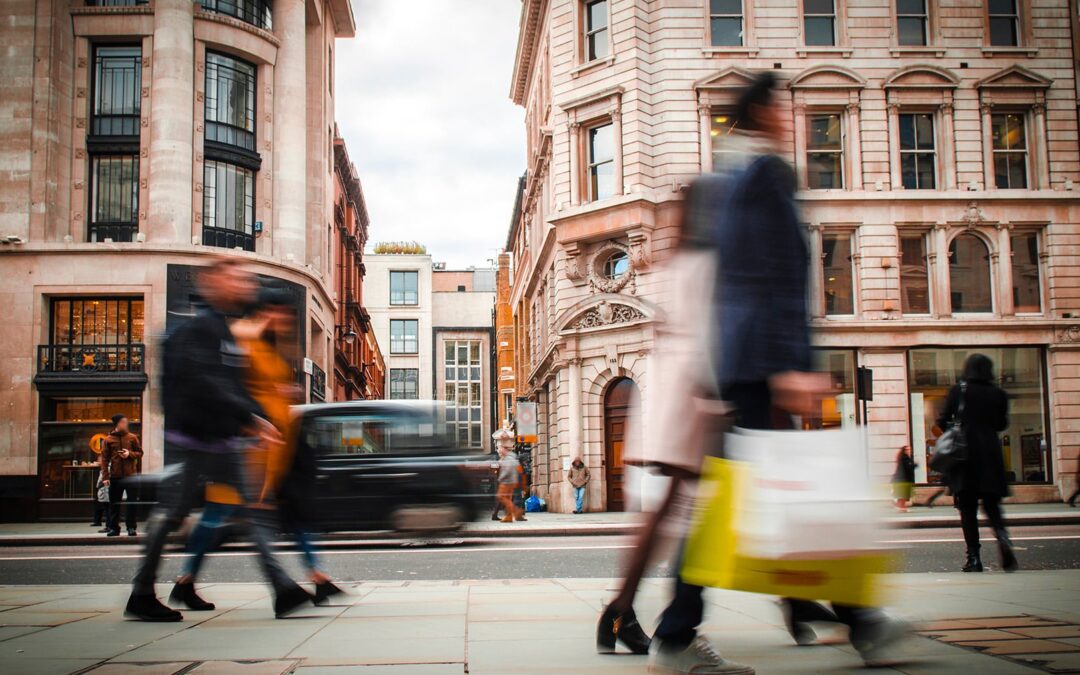
US retailers from Walmart Inc. to Home Depot Inc. are expressing optimism about the resilience of US consumers, a sentiment that could soon be put to the test as tariff-fueled price hikes increasingly show up on shelves.
On Thursday, Walmart increased its full-year sales outlook on continued momentum and noted that people’s shopping habits have remained consistent. Earlier in the week, Home Depot chief financial officer Richard McPhail remarked that the company’s customers are “very healthy.” Target Corp.’s sales, while still falling from a year earlier, were better than expected.
In the background, though, were cautions that more price increases are coming. Merchandise sold during the second quarter was likely imported before many of the new levies were in place, so the higher costs have yet to be passed down to shoppers. Retailers are now getting new inventory with goods that are subject to higher tariffs.
“Consumer inflation is going to pick up,” David Silverman, a senior director at Fitch Ratings Inc., said, adding that tariffs — and confusion around tariffs — could impact people’s psychology and desire to spend later this year.
Walmart chief executive officer Doug McMillon called out the dynamic on the company’s call with analysts Thursday. The world’s largest retailer said that prices rose 1 percent in the US in the latest quarter, and executives say they will refrain from raising prices as long as they can.
“As we replenish inventory at post-tariff price levels, we’ve continued to see our costs increase each week, which we expect will continue into the third and fourth quarters,” McMillon said.
That was echoed by Home Depot, which said it maintained price levels in the last quarter because most of its imported products arrived before the tariffs were imposed. Some goods will get more expensive later this year, the company said.
It’s difficult to gauge how much prices will rise partly because retailers take varied approaches. Some look to spread higher costs across everything they sell, while others are more surgical about which items they raise prices for.
“We’ll take price as a last resort, but our commitment is to offer everyday good value and to have competitive pricing,” Target chief commercial officer Rick Gomez said during the company’s earnings call. He added that consumers are “looking to navigate inflation and uncertainty around tariffs, so value is very top-of-mind.”
Across retailers, there have been price increases for some items, like vacuum cleaners, but consumers likely haven’t noticed a real difference in their overall spending because prices of staples have remained steady, said Steven Shemesh, an analyst at RBC Capital Markets. Going into the back half of the year, there will be more “depth” of price increases and it’s unclear how shoppers will respond, he said.
He added that consumers generally felt better and spent more this summer than they did earlier in the year when a flurry of high tariff rates were put in place by US President Donald Trump.
Natalie Kotlyar, a retail analyst at BDO, said there was an increase in spending at thrift stores and on goods from store brands, which tend to be cheaper, during back-to-school shopping this year as consumers sought value.
“A resilient consumer today is really a cost-conscious consumer,” Kotlyar said. “Consumers will spend, the question is, how are they going to spend, what choices will they make and where will they spend their money?”
Kotlyar said she’s expecting a “lackluster” holiday shopping season because increasing prices for essential goods will leave budget-conscious consumers with less money to spend.
Sarah House, a senior economist at Wells Fargo & Co., predicted inflation will strengthen in the second half of 2025 as retailers pass on more of the costs of tariffs and wind down inventories from goods imported ahead of the duties.
“I think we will see consumers getting more tested on the price front and retailers also maybe testing how much they can pass along,” House said.
By Jaewon Kang and Mark Niquette











